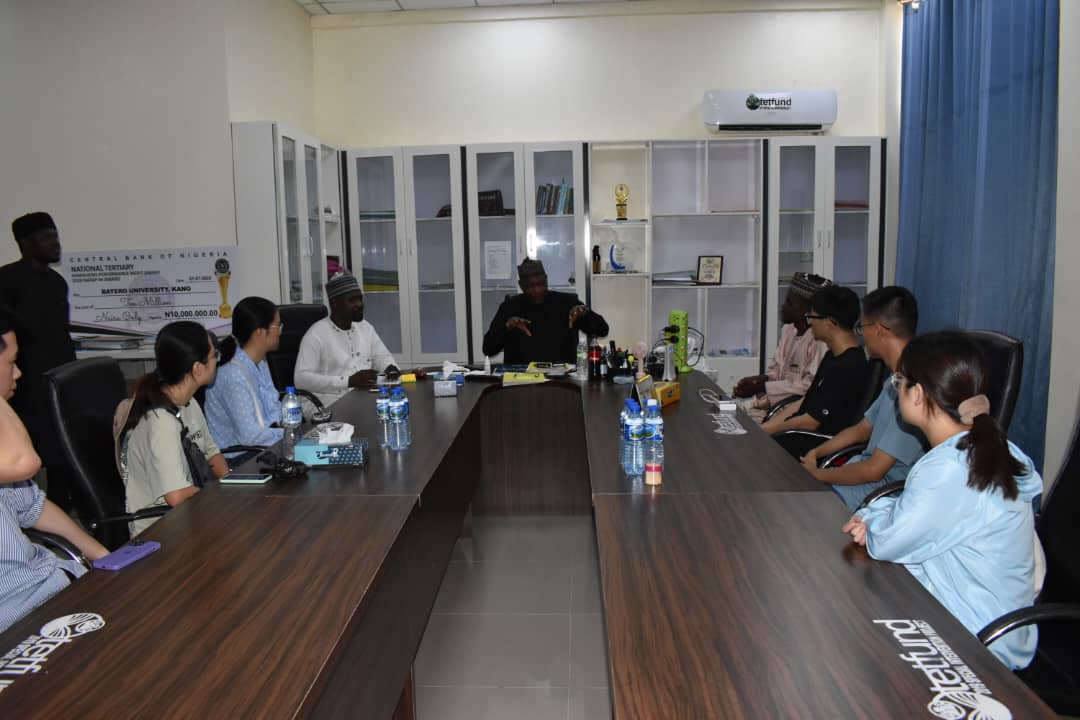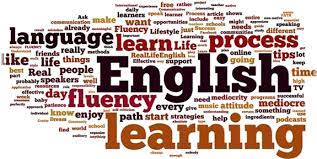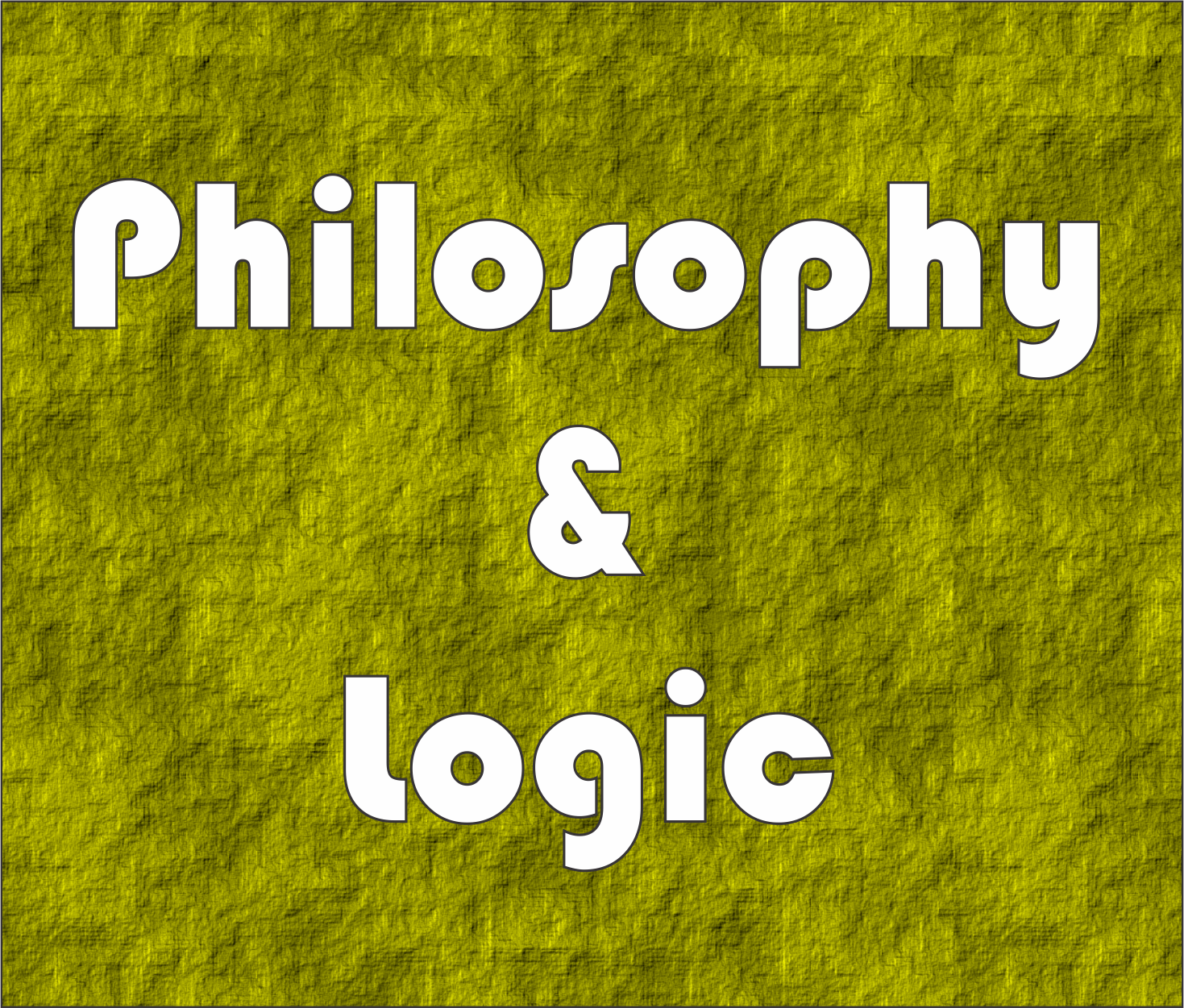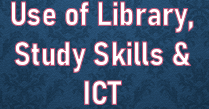Available courses
This
course provides a foundational understanding of translation as a discipline. It
covers basic concepts, the history of translation, different types of
translation (written, oral, literary, technical), and the basic challenges
translators face.

- Lecturer: Mustapha Ahmed Isa
- Lecturer: Muhammad bdullahi
- Lecturer: Carmen McCain
- Lecturer: Hafiz Miko Yakasai
- Lecturer: Maude Rabi'u Gwadabe
- Lecturer: Nasiru Salisu Siro Zango
- Lecturer: Tijjani Shehu Almajir
Deepens expertise in Hausa writing conventions, including archaic vs. modern spellings, Arabic/English loanwords, and digital challenges (keyboard input, Unicode standards).


- Lecturer: Sani Abubakar
- Lecturer: Dr. Ahmad Ameen Al-Deen Abubakar
- Lecturer: Dr. Zahrau Ibrahim Waya
- Lecturer: Desmond Ikemuefuna
- Lecturer: Dr. Laure Jibril Garba
- Lecturer: Dr. Laila Kabir Maikaba
- Lecturer: Dr. Ijeoma Paulette Ezuruike
- Lecturer: Dr. Bello Shehu Abdullahi
- Lecturer: Dr. Salma Aliyu Umar
- Lecturer: Dr. Mubarak A. Saulawa
- Lecturer: Dr. Sani Ali
- Lecturer: Dr. Auwalu Halilu
- Lecturer: Dr. Samir Halliru
- Lecturer: Dr. Babangida Ladan
- Lecturer: Dr. Jewaidu Rilwan
- Lecturer: Dr. Tijjani Waziri Ali
- Lecturer: Dr. Muhammad Mansur Zubairu

- Lecturer: Desmond Ikemuefuna
- Lecturer: Dr. Laure Jibril Garba
- Lecturer: Dr. Laila Kabir Maikaba
- Lecturer: Dr. Salma Aliyu Umar

- Lecturer: Sanusi Abdullahi
- Lecturer: Dr. Auwal Bala Abubakar
- Lecturer: Dr. Balarabe Abubakar
- Lecturer: Dr. Isa Abubakar
- Lecturer: Zulyadaini Dahiru Lawan
- Lecturer: Dr. Abubakar Ibrahim Hassan
- Lecturer: Adamu Isah
- Lecturer: Aliyu Yusuf
- Lecturer: Dr. Halima Abdullahi Baba
- Lecturer: Buhari Abubakar
- Lecturer: Saminu Muhammad Aliyu
- Lecturer: Ahmad Datti
- Lecturer: Dr. Muazu Hassan Muazu
- Lecturer: Prof. Ali Tijjani
- Lecturer: Dr. Murtala Aminu Ibrahim
- Lecturer: Shukurat Bello
- Lecturer: Rabiu Hassan
- Lecturer: Dr. Muazu Hassan Muazu
- Lecturer: Fatima Ibrahim
- Lecturer: Dr. Nasiru Bello Kadandani
- Lecturer: AHMED MAIYAKI
- Lecturer: Dr. Ibrahim Garba Muhammad
- Lecturer: Dr. Aliyu Mukhtar Daneji Mukhtar
- Lecturer: Adams Mustapha
- Lecturer: Dr. Muhammad Baffa Sani
- Lecturer: SHerrif Alade Bamidele
- Lecturer: Dr. Murtala Aminu Ibrahim
- Lecturer: Shukurat Bello
- Lecturer: Rabiu Hassan
- Lecturer: Dr. Muazu Hassan Muazu
- Lecturer: Fatima Ibrahim
- Lecturer: AHMED MAIYAKI
- Lecturer: Dr. Ibrahim Garba Muhammad
- Lecturer: Dr. Aliyu Mukhtar Daneji Mukhtar
- Lecturer: Adams Mustapha
- Lecturer: Dr. Muhammad Baffa Sani
- Lecturer: Zainab Suwaid
- Lecturer: Barr. Abdulmumini Shuaibu Abdullahi
- Lecturer: Dr. Abdulmalik Auwal
- Lecturer: Dr. Auwal Inuwa Bello
- Lecturer: Dr. Bello Ibrahim
- Lecturer: Mustapha Isyaku
- Lecturer: Gaddafi Muazu
- Lecturer: Dr. Aminu Musa Ahmed
- Lecturer: Dr. Salihu Ahmad Pantami
- Lecturer: Dr. Gambo S. Nababa
- Lecturer: Dr. Abdulaziz Sani Zango
- Lecturer: Binta Sulaiman

- Lecturer: Dr. Mubarak A. Saulawa
- Lecturer: Dr. Sani Ali
- Lecturer: Dr. Auwalu Halilu
- Lecturer: Dr. Babangida Ladan
- Lecturer: Dr. Abdulhadi Muhammed Hamza
- Lecturer: Dr. Jewaidu Rilwan
- Lecturer: Dr. Tijjani Waziri Ali
- Lecturer: Dr. Muhammad Mansur Zubairu
- Lecturer: Dr. Usman Sani Abbas
- Lecturer: Dr. Bello Ado
- Lecturer: Dr. Kabiru Bello Dunbulum
- Lecturer: Dr. Musa Adamu Labaran
- Lecturer: Dr. Yusuf Madugu
- Lecturer: Dr. Muhammad Nuruddeen
- Lecturer: Dr. Salihu Ahmad Pantami
- Lecturer: Dr. Ibrahim Garba Satatima
- Lecturer: Hafsat Yahaya Yakasai
- Lecturer: Dr. Sani Yakubu Adam
- Lecturer: Prof. Idris Dauda Adamu
- Lecturer: Dr. Salisu Ahmed Ibrahim
- Lecturer: Dr. Adama Ibrahim Jibril
- Lecturer: Dr. Ayuba Abdullahi Muhammad
- Lecturer: Dr. Salihu Ahmad Pantami
- Lecturer: Dr. Mohammed Salisu Musa
- Lecturer: Prof. Fatima Salmanu Koki
- Lecturer: Dr. Umar Sani
- Lecturer: Dr. Isa Aliyu Yola
- Lecturer: Dr. Muhammad Yushau

- Lecturer: Dr. Hassan A. Bashir
- Lecturer: Dr. Mannir A. Kamba
- Lecturer: Sani Abubakar
- Lecturer: Dr. Hayatudeen Adamu
- Lecturer: Joseph Ali Dameh
- Lecturer: Dr. Ahmad Ameen Al-Deen Abubakar
- Lecturer: Ahmad Datti
- Lecturer: Maryam Ibrahim Mukhtar
- Lecturer: Dr Isa M. Inuwa
- Lecturer: Dr. Salihu Ahmad Pantami

- Lecturer: Dr. Ralia A. Maijama'a
- Lecturer: Dr. Farouk Abdullahi
- Lecturer: Dr. Umma Abubakar
- Lecturer: Dr. Adamu Idris
- Lecturer: Adamu Isah Babura
- Lecturer: Dr. Laure Jibril Garba
- Lecturer: Dr. Mohammed Maikiyari
- Lecturer: Dr. Ijeoma Paulette Ezuruike
- Lecturer: Dr. Sani Sa'idu Ibrahim
- Lecturer: Prof. Ali Tijjani
- Lecturer: Aliyu Yakubu Yusuf
- Lecturer: Dr. Aisha Umar
- Lecturer: Dr. Aminu Bello
- Lecturer: Dr. Zakariya Abdullahi
- Lecturer: Prof. Abubakar M. Shuaib
- Lecturer: Prof. Bala Ado Kofar-Mata
- Lecturer: Prof. Murtala S. Sagagi
- Lecturer: Prof. Salihu Lawan
- Lecturer: Saidu Ahmad Dukawa
- Lecturer: Hafizu Aliyu
- Lecturer: Dr. Murtala Aminu Ibrahim
- Lecturer: Shukurat Bello
- Lecturer: Dr. Anas Abubakar Bisu
- Lecturer: Muhammad Buhari
- Lecturer: Rabiu Hassan
- Lecturer: Dr. Muazu Hassan Muazu
- Lecturer: Dr. Najafi Auwalu Ibrahim
- Lecturer: Fatima Ibrahim
- Lecturer: Dr. Abubakar Ibrahim Isa
- Lecturer: Dr. Nasiru Bello Kadandani
- Lecturer: AHMED MAIYAKI
- Lecturer: Dr. Ibrahim Garba Muhammad
- Lecturer: Dr. Aliyu Mukhtar Daneji Mukhtar
- Lecturer: Prof. Amina Mustapha
- Lecturer: Dr. Muhammad Baffa Sani
- Lecturer: Dr. Mukhtar Shehu Aliyu
- Lecturer: Dr. Muazu Hassan Muazu
- Lecturer: Ahmad Salihu Pantami
- Lecturer: Dr. Farouk Abdullahi
- Lecturer: Dr. Umma Abubakar
- Lecturer: Dr. Hayatudeen Adamu
- Lecturer: Dr Aisha Basiru Gwarzo
- Lecturer: Dr. Adamu Idris
- Lecturer: Adamu Isah Babura
- Lecturer: Dr Isa M. Inuwa
- Lecturer: Dr. Mohammed Maikiyari
- Lecturer: Aliyu Yakubu Yusuf
- Lecturer: Abdulkabir Abdulwahab
- Lecturer: Dr. Ibrahim Adamu Basirka
- Lecturer: Dr. Yusuf Madugu
- Lecturer: Dr. Muhammad Nuruddeen
- Lecturer: Dr. Salihu Ahmad Pantami
- Lecturer: Ali Salisu
- Lecturer: Dr. Ibrahim Garba Satatima
- Lecturer: Hafsat Yahaya Yakasai
- Lecturer: Dr. Sani Yakubu Adam

